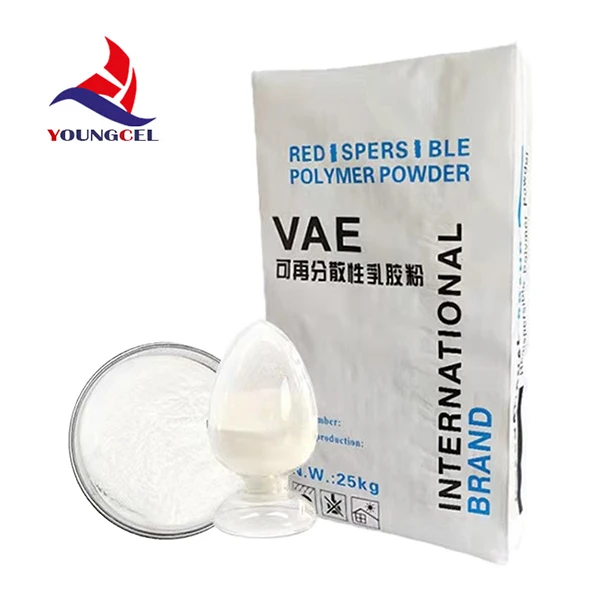The Benefits of HPMC in Shower Gel Formulations
Hydroxypropyl Methylcellulose (HPMC) is a versatile ingredient that has gained popularity in cosmetic formulations, particularly in shower gels. This plant-derived polymer is prized for its functional properties, making it an ideal choice for enhancing the performance and appeal of shower gels. In this article, we will explore the benefits of using HPMC in shower gel formulations and why consumers and manufacturers alike are increasingly drawn to this ingredient.
The Benefits of HPMC in Shower Gel Formulations
In addition to its thickening properties, HPMC acts as a stabilizer, ensuring that all components of the shower gel remain uniformly mixed. This stability is particularly important for products containing natural extracts or actives, which can sometimes separate over time. By maintaining a consistent formula, brands can guarantee that consumers receive the full benefit of the active ingredients in every use.
hpmc for shower gel

Another significant benefit of HPMC in shower gels is its ability to enhance moisture retention. HPMC is hygroscopic, meaning it can attract and retain water. This property helps to create a hydrating environment for the skin during and after showering. For consumers with dry or sensitive skin, this added moisturizing effect is a crucial factor in their product choice, leading to greater satisfaction and loyalty.
Furthermore, HPMC is known for its mildness and compatibility with a wide range of skin types. It is free from harsh chemicals and irritants, making it suitable for sensitive skin. Given the growing consumer awareness surrounding clean beauty and sustainable ingredients, HPMC offers a safe alternative that aligns with environmentally friendly practices. Many consumers are now looking for products with natural formulations that avoid unnecessary additives, and HPMC fits perfectly into this category.
Lastly, from a manufacturing perspective, HPMC is easy to work with. It dissolves easily in both cold and hot water, allowing for flexibility in formulation processes. This property reduces production times and facilitates the incorporation of other ingredients, leading to more efficient manufacturing cycles.
In conclusion, the inclusion of Hydroxypropyl Methylcellulose in shower gels provides multiple benefits that enhance both product performance and user experience. Its thickening and stabilizing properties, combined with the capacity to retain moisture and gentle formulation, make HPMC an excellent choice for skincare formulators aiming to meet consumer demand for high-quality, effective products. As the beauty industry continues to evolve, HPMC’s role in shower gel formulations will likely expand, solidifying its place as a key ingredient.




